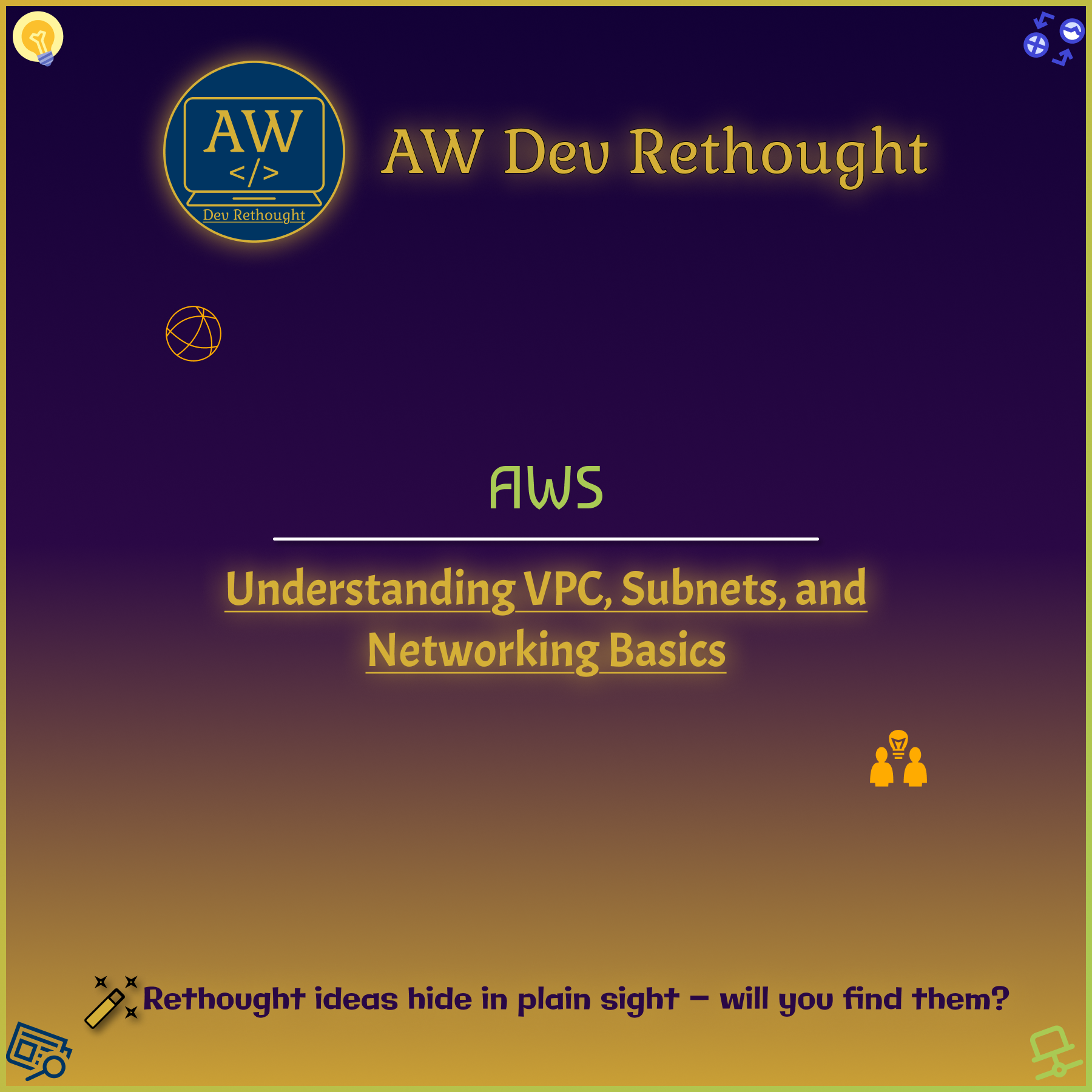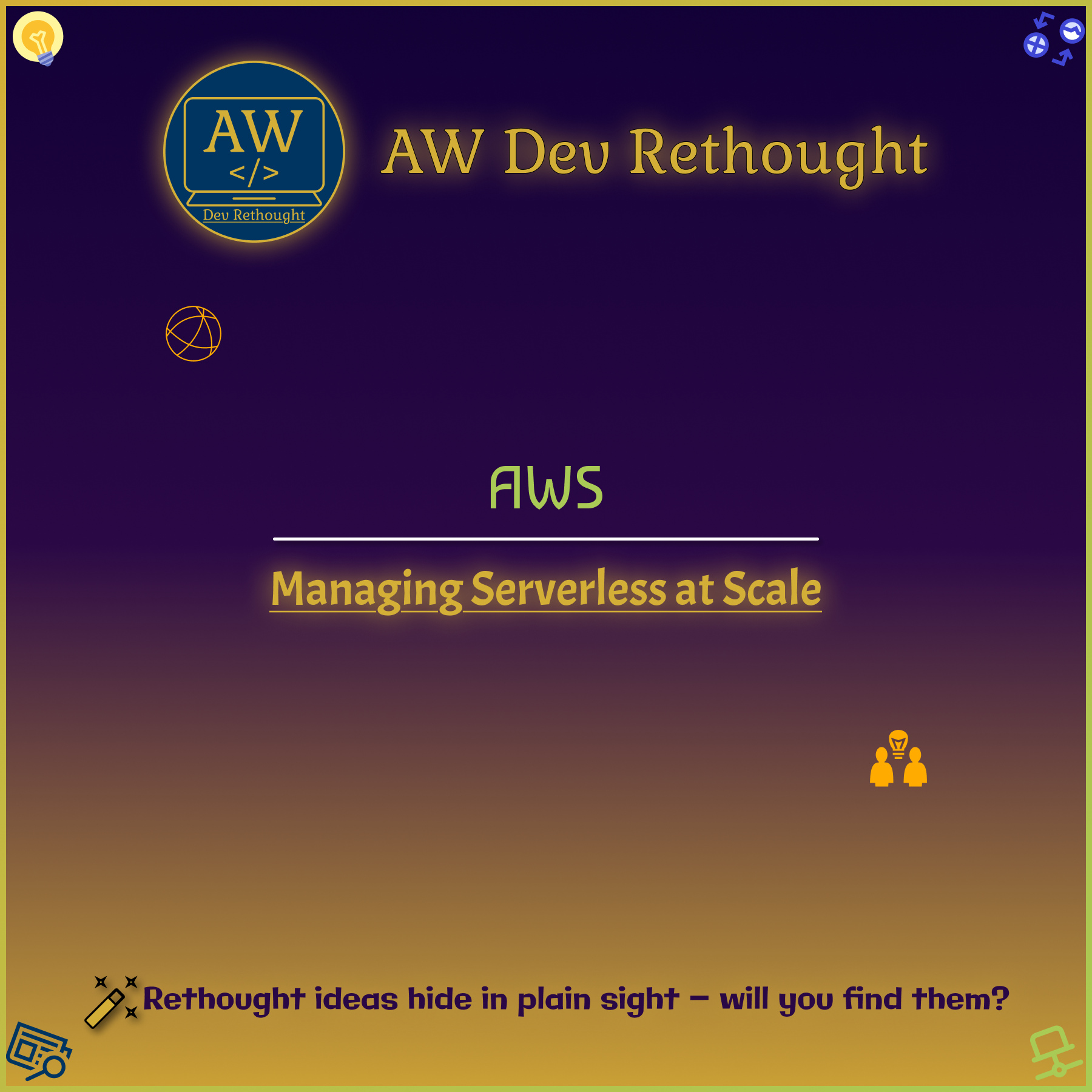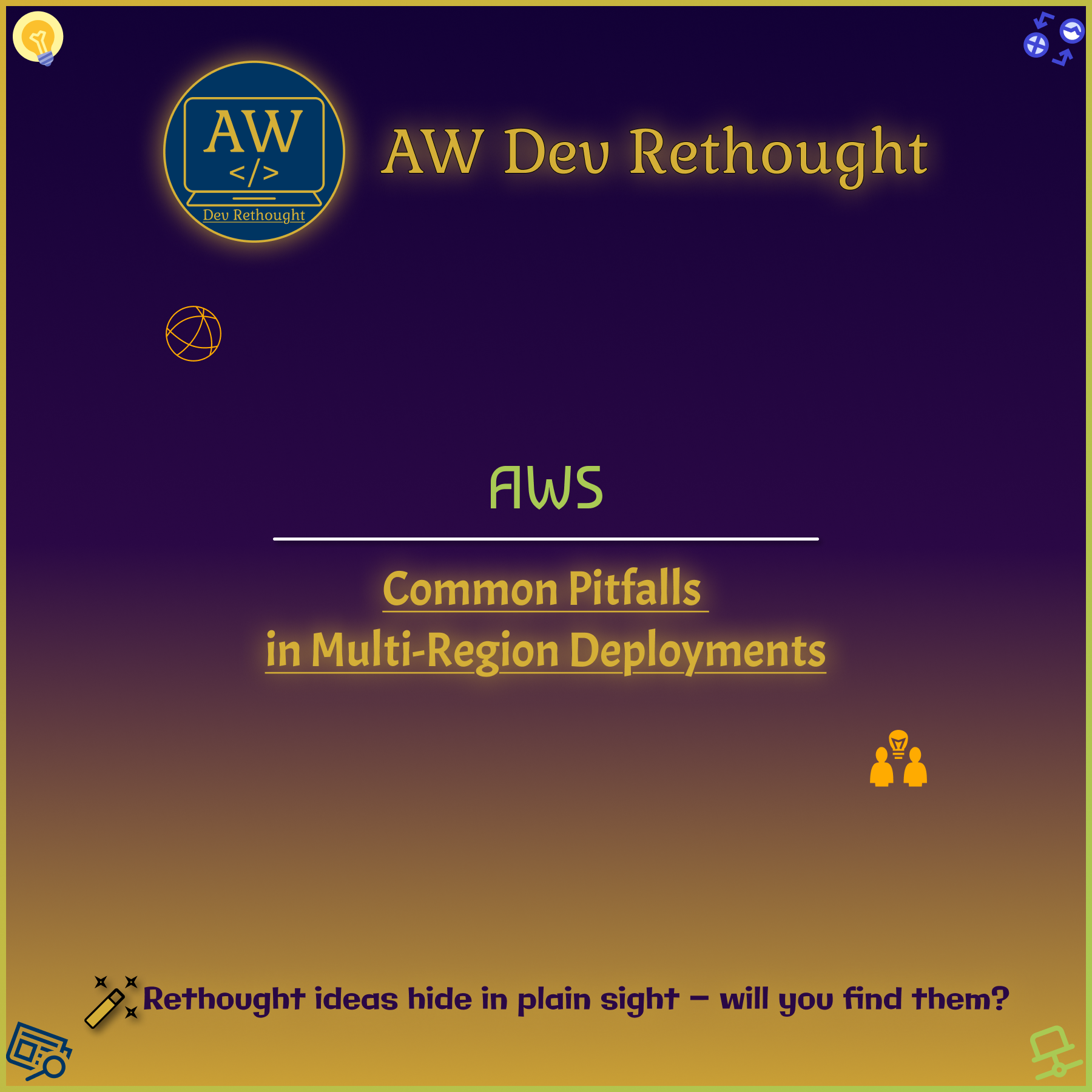AWS: Hybrid Cloud and Why Enterprises Still Love It
Posted by: Abhijith | Posted On: August 20, 2025 | 3 min read | 0
In today’s world of cloud-first strategies, you’d think enterprises would go all-in on public cloud. Yet, a large percentage of organizations still embrace hybrid cloud — combining on-premises infrastructure with cloud services. And AWS, the biggest cloud provider, offers a full suite of tools to make this possible.
So why hasn’t hybrid cloud gone away? Let’s dive in.
What Is Hybrid Cloud?
Hybrid cloud is a setup where enterprises run some workloads in the cloud (AWS, Azure, etc.) while keeping others on-premises in private data centers.
It’s not just about lifting-and-shifting workloads — it’s about flexibility:
- On-Premises → Compliance-heavy apps, low-latency workloads, sensitive data.
- Cloud → Scalable apps, AI/ML workloads, backups, disaster recovery.
AWS supports hybrid models by providing services that seamlessly connect both worlds.
Key AWS Services That Power Hybrid Cloud
Here are the main AWS tools for hybrid cloud adoption:
- AWS Outposts
- Runs AWS infrastructure on-premises.
- Perfect for industries like banking, healthcare, and telecom that require strict data residency.
- AWS Local Zones
- Extend AWS services closer to end-users in metro areas.
- Great for gaming, media, and real-time analytics.
- AWS Direct Connect
- Dedicated, high-bandwidth network link between your data center and AWS.
- Ensures secure, low-latency connections.
- AWS Storage Gateway
- Hybrid storage service for on-prem apps that need cloud-backed storage.
- Popular for backup, disaster recovery, and archive.
- AWS Wavelength
- Brings AWS services to the edge of 5G networks.
- Designed for ultra-low-latency use cases like IoT and AR/VR.
Why Enterprises Still Love Hybrid Cloud
Even with the maturity of public cloud, hybrid models remain strong. Why?
- Compliance & Regulations → Many industries legally must keep some data on-premises.
- Cost Optimization → Legacy workloads may not be cost-effective to run in the cloud.
- Latency Needs → Applications like trading systems or manufacturing need real-time response.
- Gradual Migration → Hybrid allows enterprises to modernize step by step.
In short, hybrid cloud = flexibility + control + cloud innovation.
Visualizing the Hybrid Cloud with AWS

Figure: Hybrid Cloud with AWS – On-Premises + AWS Integration
Pro Tip for Architects & Developers
Don’t treat hybrid cloud as a temporary bridge — many enterprises will run hybrid indefinitely. Design your applications with this in mind:
- Favour API-driven architectures that work across cloud and on-prem.
- Use containers (EKS/ECS) or serverless (Lambda, Step Functions) for workloads that can move easily.
- Monitor costs closely — hybrid adds complexity that can sneak into bills.
Final Thoughts
Hybrid cloud isn’t a compromise — it’s a strategic advantage. AWS has invested heavily in services like Outposts, Direct Connect, and Storage Gateway to ensure enterprises can stay compliant, reduce latency, and modernize gradually without a “big bang” migration.
For developers and architects, this means one thing: Hybrid is here to stay — and understanding AWS hybrid services is a career advantage.





No comments yet. Be the first to comment!